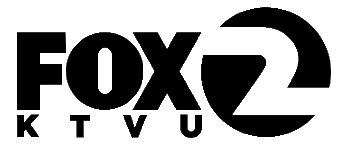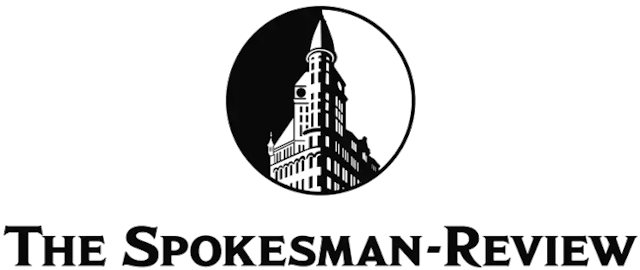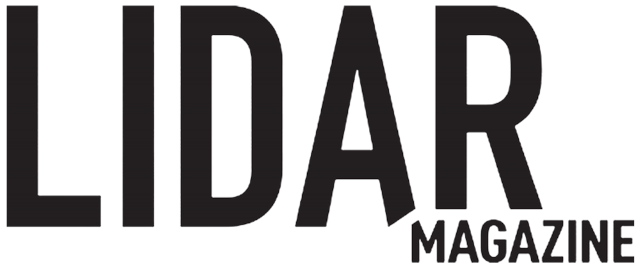
Seek and Illustrate the Truth -
Call Now 1-415-754-7772
3D Ballistic Trajectory Analysis through Forensic Tech
It’s estimated that there were 393 million firearms owned in the United States for our national population of 325 million people in 2017. With risks associated with all kinds of firearms, it’s no surprise that there are so many shooting incidents with serious wounds or fatalities, totaling almost 49,000 deaths in 2021.
It can be difficult for litigators and investigators to determine what happened during any shooting incident with certainty because these situations are often fast and chaotic. It’s even more difficult if the survivor’s testimony is questionable and decedents can’t testify for themselves.
By leveraging 3D software to analyze critical evidence of a shooting, however, experts can efficiently reconstruct shooting incidents for a jury through scientific conclusions. With forensic laser scanning and the 3D Working model, 3D Forensic performs the following analyses to deliver certainty in critical shooting cases.
#1: Scan Physical Evidence///
The first step to developing an effective ballistic reconstruction is to observe and understand what evidence remains from the incident. Crime scene investigators today are laser scanning fatal incidents more often, which helps capture abundant measurements and placements of physical evidence. Because CSI scans capture conditions closest in time to when a shooting incident occurs, an expert’s ballistic trajectory analysis can greatly benefit from CSI scans.
When an incident site is not scanned by emergency responders, however, expert teams like 3D Forensic can capture the necessary data and build out the reconstruction. Scanning the environment in which a shooting occurred is of utmost importance. Laser scanning the incident site enables experts to capture hundreds of millions of precise 3D measurements of influential factors such as elevations, obstructions and backgrounds, creating a permanent, precise and detailed 3D model of everything in the scene. It is important to laser scan the environment as a whole with special attention to any remaining physical evidence so that it is accurately preserved in a digital format.
After scanning, 3D Forensic's experts review photos, videos, diagrams and measurements from the CSI team to determine the 3D placements of significant physical evidence such as ejected bullet casings, recovered bullets and bullet impact marks. To ensure CSI evidence is placed in our laser scan model accurately, 3D Forensic employs laser-based photogrammetry* to verify dimensions seen in photo or video resources and determine true placements.
Laser scans capture physical evidence and shooting environments with hundreds of millions of data points.
#2: Determine Locations of Shooter(s) and Target(s)///
With an accurate 3D model of the environment and evidence derived from laser scanning, experts can input this data into the 3D Working Model for the next step of analysis. Video recordings, audio recordings and witness testimony are some of the best resources to determine shooter and target locations throughout an incident. To determine the location of the shooter specifically, groups of shell casings can outline or lead to a general location. The injured or deceased target’s location can be surmised from blood residue or evidence of medical treatment from emergency responders.
An important forensic occurrence that can reveal details about the shooter and target’s relative positions is stippling. Stippling is evidence of chemicals deposited from the discharge of a gun fired at close range to a target. When detected on clothes or skin, stippling can indicate that a shooter was within about three feet of their target, which can be a very expository finding
After careful analysis and resultant placing of the shooter and target, we can proceed to the next step of analysis.
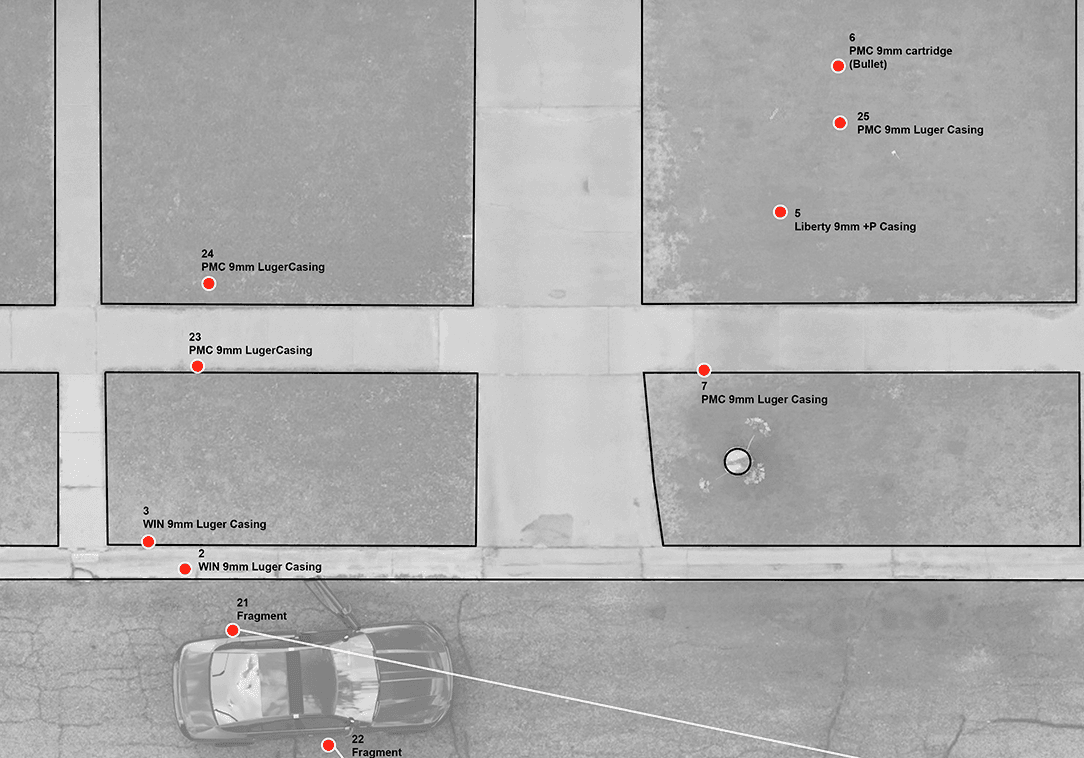
Locations of physical evidence provide clues for locations of shooters and their targets.
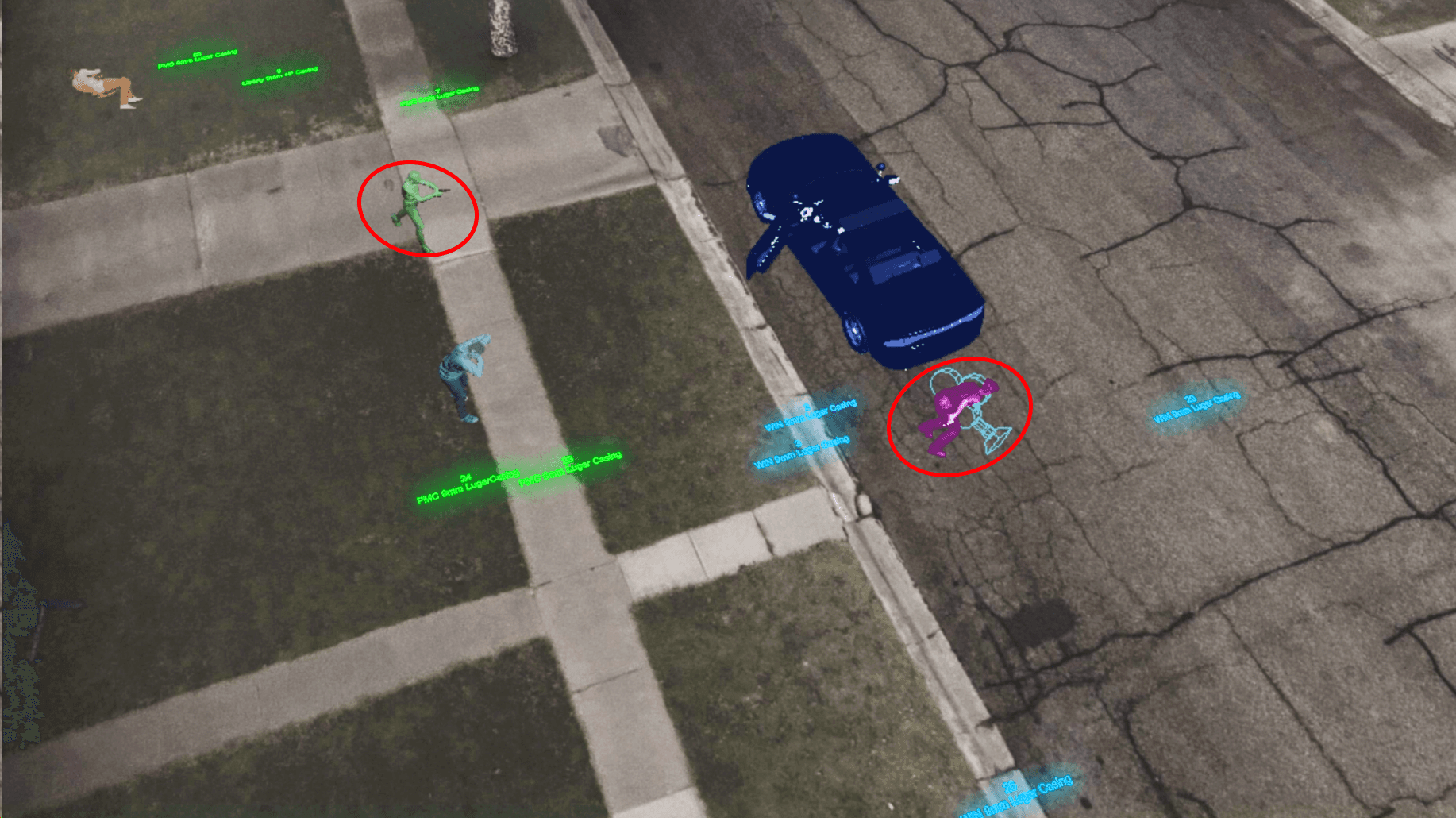
Shooter and target locations can be input and fine-tuned.
#3: Aligning Ballistic Trajectories///
With approximate locations of a shooter and target determined, experts can begin determining the posture of the target at the moment each gunshot wound was fired and impacted. This aspect is the crux of of the analysis as these cases typically revolve around answering the question, "Was the shooter or other person in danger of an imminent physical threat?" The position, distance and posture of the target provides critical, intuitive evidence to answer this question.
Autopsy reports, CT scans, MRI scans, and x-rays are primary resources to determine if the bullet(s) penetrated or perforated** the target’s body and what trajectory the bullet(s) created throughout. With an understanding of the physical path of the bullet through the body, experts can create a 3D Gunshot Wound Model to connect injuries to the shooter.
To do this, experts must model 3D characters of both the shooter(s) and the target(s) with accurate height, weight and appearance then place them in their appropriate locations inside the 3D Working model. Then, they can connect the entry wound to the exit wound or internal resting point to create a digitally accurate trajectory line. Finally, by extending these lines to connect to the shooter’s location, the target’s posture while they were shot can be verified.
The 3D Working Model is the most optimal method to test this trajectory analysis because of its ability to test body and limb alignment and visible connection of the injury to the shooter’s location. Additionally, the precision of scan and modelling software is far greater than what can be achieved in real-world space.
#4: Drawing Conclusions///
Once all shots, injuries and pieces of evidence are three-dimensionally connected, experts can draw conclusions on the nature and potential causes of the shooting.
Most often, shooting cases are judged in trial to determine if the shooter was justified because of a lethal threat from someone else. By completing a 3D ballistic trajectory analysis, the visuals can answer important questions associated with justification.
By matching a shooter’s position with the path of their bullet, a reconstructed trajectory can corroborate testimony that a shooter fired at someone because they were actively, physically aggressive and the shooter was in imminent danger of bodily harm. Alternatively, this analysis can also disprove testimony in which a shooter said a suspect was attacking them, for instance, if the 3D Gunshot Wound Model shows an entry wound on their back going towards the front of their body.
The utilization of the 3D Working Model for ballistic trajectory also helps experts determine order of shots when multiple bullets are fired, shot origin when multiple shooters are involved, and chronology with longer, complex shooting incidents
Unique Factors///
Sometimes, cases involve an injury or fatality resulting from a bullet that didn’t take a direct path to a person. Bullets, as high-speed metal projectiles, can bounce off thick surfaces or even tear completely through thin surfaces before striking somebody, complicating a lay audience’s understanding of the incident. Through close observance and 3D testing, these instances can also be forensically critiqued.
Bullets that ricochet off hard surfaces can be just as dangerous, if not more dangerous, than a straight-fired bullet. This is because the bullet can expand or de-stabilize from the impact and create a larger and less symmetrical entry wound than an untouched bullet. By tracing the trajectory line from the wound entry to its exit or resting point, a straight line could potentially draw towards physical evidence of a ricochet in a wall or nearby surface, therefore connecting the bullet to a specific shooter.
Similarly, bullets that travel completely through an obstruction can also be dangerous or fatal to targets on the other side. Perforated surfaces are very likely to de-stabilize bullets, leading to a partial collapse or change in trajectory. Again, observe the entry wound for de-stabilization and trace the trajectory backwards to verify if perforation was at play.
*Laser-Based Photogrammetry is a forensic process innovated by 3D Forensic that utilizes laser scan data to verify known measurements and extract unknown measurements seen on video and photo evidence.
**Penetration vs. Perforation: Penetration refers to when a bullet enters an object or surface and doesn't exit through the other side. Perforation refers to when a bullet completely travels through an object with an entry and exit.
3D Forensic Inc pioneered and mastered the art of 3D Ballistic Trajectory Analysis by infusing forensic technology with tested ballistic reconstruction. Today, our shooting incident analyses help definitively answer crucial questions for both sides of criminal and civil cases. To discuss how we can help, call or email us today!///
Written/edited by Sean Daly and Craig Fries.
Talk to Our Forensic Team
Let Us Help You Seek & Illustrate The Truth
By submitting this form, I confirm that I have read and understood the 3D Forensic Privacy Statement.
"We have used Jason Fries and his team twice to create medical videos depicting complex surgeries. The videos impressed both the jury and the defense attorneys. Perhaps most helpful, Jason will work on short notice and provide a persuasive product."
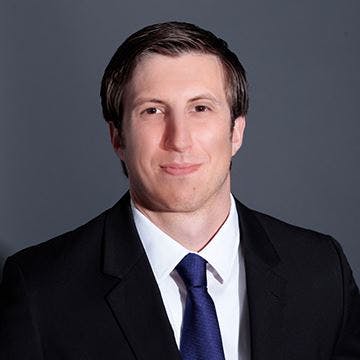
Robert Igleheart
Rouda, Feder, Tietjen & McGuinn

